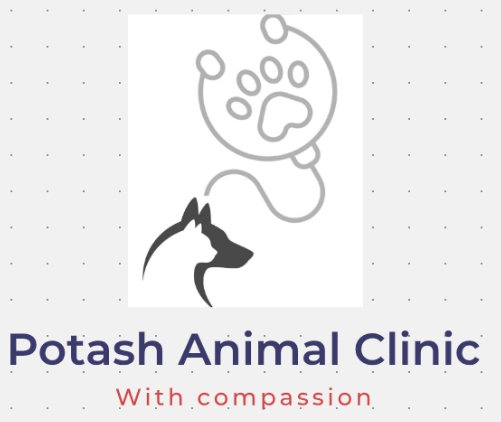What are the common diseases or condition in DOGS AND CATS
COMMON DISEASES OF DOGS
Viral Disease of Dogs
Canine Parvovirosis
CANINE PARVOVIROSIS is a highly contagious viral disease of dogs caused by canine parvovirus (CPV). It usually affects dogs that are below 1year of age. The disease can manifest in 2forms: the gastro-intestinal form affecting almost all dogs of all ages, and the cardiac form characterized by acute death in puppies below 4months of age.
Clinically the affected dog presents with non-specific signs such as lethargy, fever and anorexia. These will then progress into more specific signs such as vomiting and late the characteristic bloody diarrhea.
Canine Distemper
Also called Hardpad disease, caused by canine distemper virus. It is characterized by overgrowth of the skin of the footpad hence the name hardpad disease. It may also present with CNS signs such as convulsion with drooling and chewing movements of jaws, muscle incoordination and paralysis of hind limbs.
Infectious canine hepatitis
It is caused by Canine adenovirus 1. The affected dog may develop opacity(cloudiness) of one or both eye(also called blue eye). Others signs such as lethargy, decreased appetites and Jaundice(yellowing of mucous membanes) may be been seen in the affected dog.
Rabies
It is caused Lyssa virus. It is mainly transmitted following a bite from an infected dog. The most reliable indicator of rabies is the sudden change in behavior of your dog (for example, a friendly dog may suddenly become very aggressive, and may start biting even when petted). Other signs such as excessive salivation, irritability, inability to swallow among other maybe seen depending on the stage of the disease.
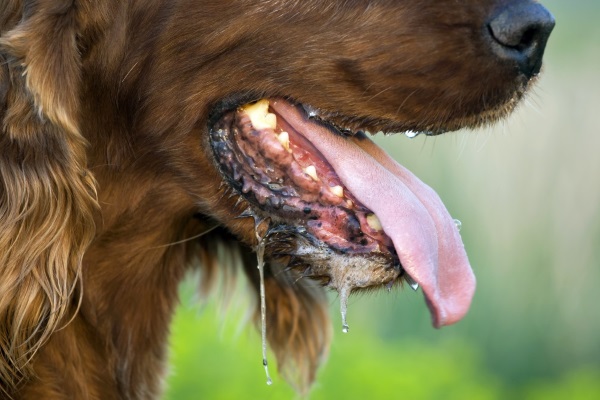
Other viral diseases include
Canine coronavirus; a gastrointestinal disease that is usually asymptomatic or with mild clinical signs. The signs are worse in puppies
Canine herpes virus; an infectious disease that is a common cause of death in puppies less than three weeks old
Canine influenza
Treatment of Viral diseases of dogs
Usually there is no specific treatment for viral diseases in dogs. The best Vet will offer supportive treatment to your dog and create time for your dog’s immune system to fight off the infection. Supportive treatment may include; fluid and electrolyte therapy, nutritional support, anti-emetics and antibiotic administration among others.
Sometimes your dog may require hospitalization in any Veterinary clinic near for close monitoring and special treatment
Prevention and control of viral diseases in dogs
Prevention is basically through vaccination of your dog. A veterinary Doctor near you will recommend an appropriate vaccination schedule for your dog taking into consideration the health status of your dog, age, frequency of the disease in your area, among other factors.
Isolation and treatment of the affected animals
Cleaning and thorough disinfection of equipment and surfaces that are contaminated by affected dogs.
COMMON BACTERIAL DISEASES OF DOGS
Leptospirosis
This is an infection caused by a bacterium in the genus leptospira. it presents with characteristic signs of acute kidney and liver failure such as vomiting, polyuria, oliguria, or anuria and icterus. It may also present with bleeding disorders resulting into clinical signs such as petechial hemorrhages on mucous membranes, epistaxis, melena etc.
Kennel cough
Also known as canine infectious respiratory disease complex(CIRDC). It is caused by a bacterium called Bordetella bronchiseptica. It is characterized by a strong cough, often with a hocking sound as well as other respiratory signs such as sneezing, and a running nose.
Dogs usually get the infection from other dog at places of congregation such as boarding kennels, dog daycare facilities, dog training facilities and dog shows
Canine Ehrlichiosis
It is caused by Ehrlichia canis, a bacteria spread by the brown dog tick (Rhiphicephalus sanguinus). It is characterized by bleeding disorders such as nose bleeds and bruising on gums as well as other signs such as swollen lymph nodes, thrombocytopenia, fever, lethargy among others.
Enterotoxaemia in dogs
These are caused by infection with Clostridium perfringens. The bacteria produces toxins which when ingested cause inflammation and damage of the intestines resulting into bloody diarrhea as well as other signs such as anorexia and Vomiting
Others
Lyme disease is a disease caused by borrelia burgdorferi, a spirochaets, and spread by ticks of the genus Ixodes . Symptoms in dogs include acute arthritis, anorexia and lethargy
Brucellosis is a sexually transmitted bacterial disease that can cause uveitis, abortion, and orchitis in dogs.
PARASITIC CONDITIONS IN DOGS
Internal parasities(Endo-parasites) of dogs
These are basically worms (helminthes) that parasitize different organs in your dog. These include:
- Hookworms such as ancylostoma caninum
- Toxocara canis
- Tapeworms such as tarnia pisiformis and diphylidum caninum.
- Canine whipworm also called trichuris vulpis
- Canine heart worm also called Dirofilaria immitis
- Spirocerca lupi, a parasite of the esophagus of the dog characterized by nodular masses and granulomas of the esophagus
Worm infestations present with so many signs which include vomiting, diarrhea, anemia, emaciation, cough, pot belly among others.
Contact any veterinary doctor near you or visit the nearest veterinary clinic for advice about the best deworming schedule for you dog
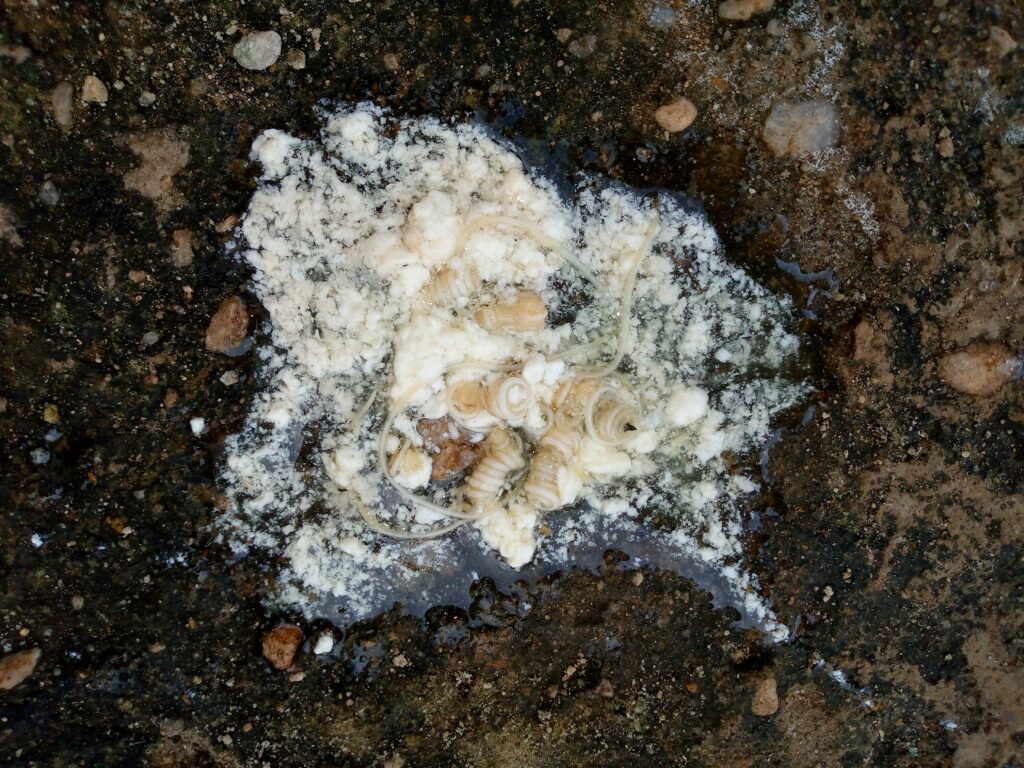
Ecto-parasites of dogs
Ticks
Ticks such as brown dog tick, ixodes, dermacentor among others, which spread disease such as canine ehrlichiosis, babesiosis, lyme diseas, and neurological diseases known as tick paralysis
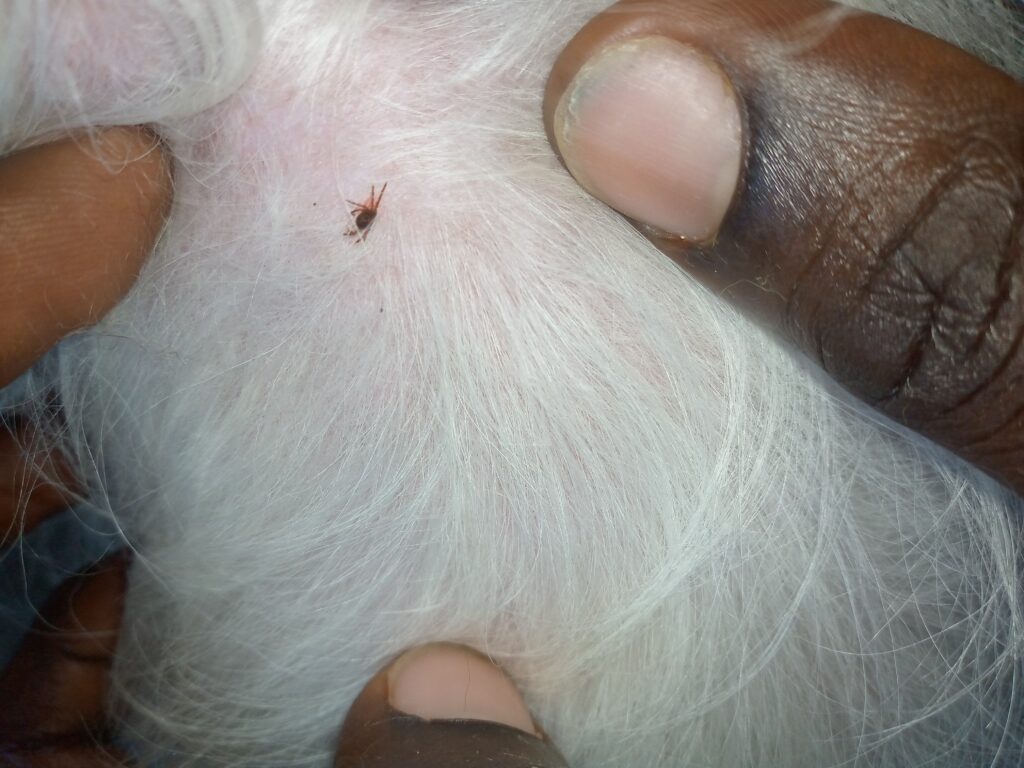
Fleas
Fleas such as the dog flea (Ctenocephalidis canis) and the cat flea(C.fleas). These cause severe itching and loss of hair in affected dogs.
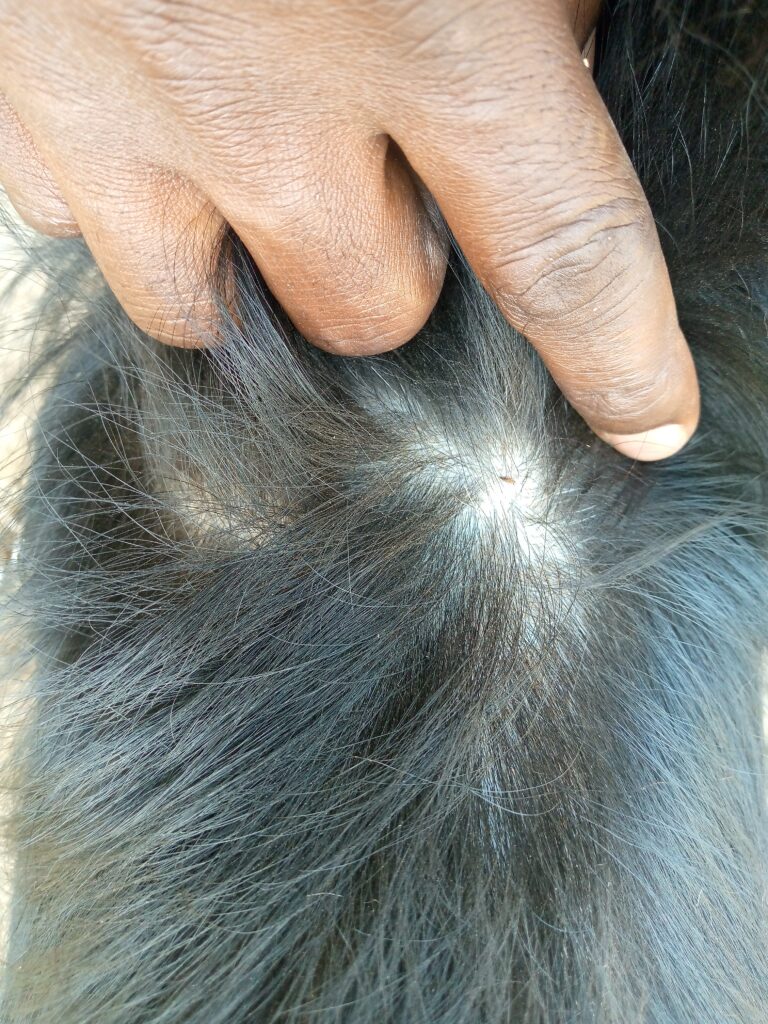
Mites
Mites such as the ear mite (otodectes cynotis), demodex canis, sarcoptes scabie canis, etc. These burry in the skin resulting into a condition called Mange, characterized by itching, inflammation of the skin, scaling, hair loss and crusting of the affected skin etc.
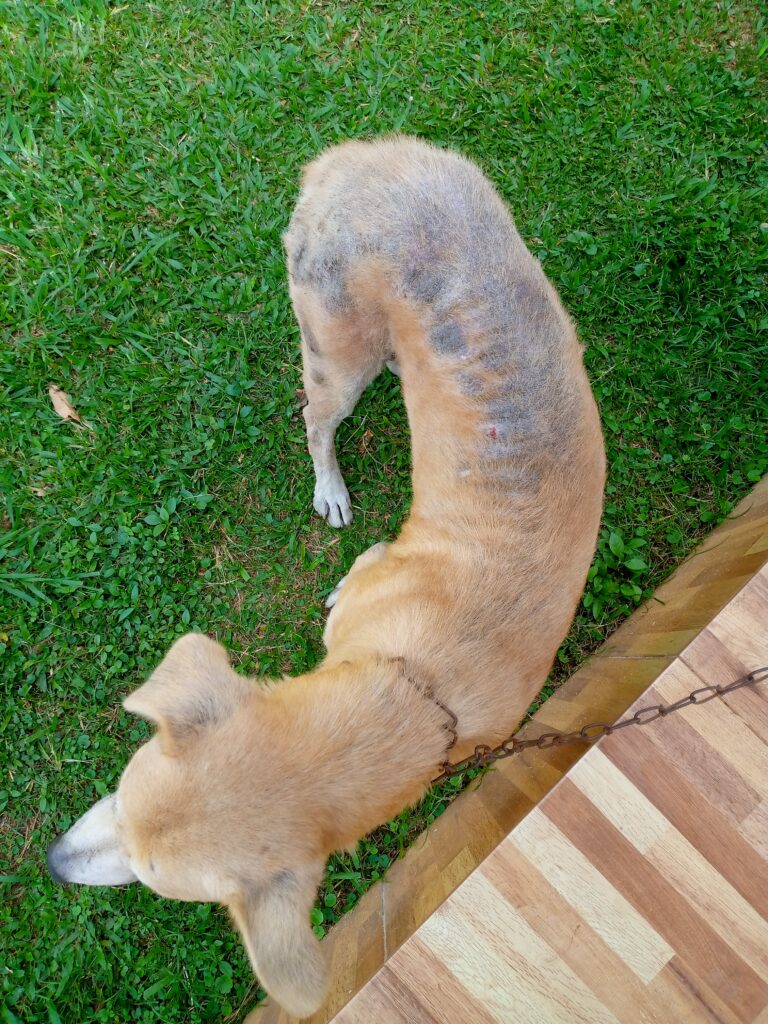
PROTOZOAN DISEASE OF DOGS
Coccidiosis caused by coccidian organisms such as Isospore and it characterized by signs such as diarrhea and weigh loss
Babesiosis; caused by babesia species such as B.canis and B.gibsoni. it is transmitted by ixodidae ticks and it is characterized by hemolytic anemia
Giardiasis; caused by protozoa Giardia lamblia, this parasitizes the intestine resulting into diarrhea in affected dogs
Leishmaniasis spread by snadflies
FUNGAL INFECTIONS IN DOGS
These are parasitic spore forming organism that obtain their nourishment by absorbing food from the host on which they grow. In dogs fungal infections can be acquired by inhalation, ingestion or through the skin. They can produce toxins which when ingested will caused damage to different organs especially the liver. These include
- Aspergillosis caused by Aspergillus fumigatus
- Blastomycosis caused by Blastomycoses dermatitis
- Coccidiodiomycosis, caused by coccdiodies immitis and coccidiodes posodasi
- Histoplasmosis, caused by Histoplasma capsulatum…. Etc
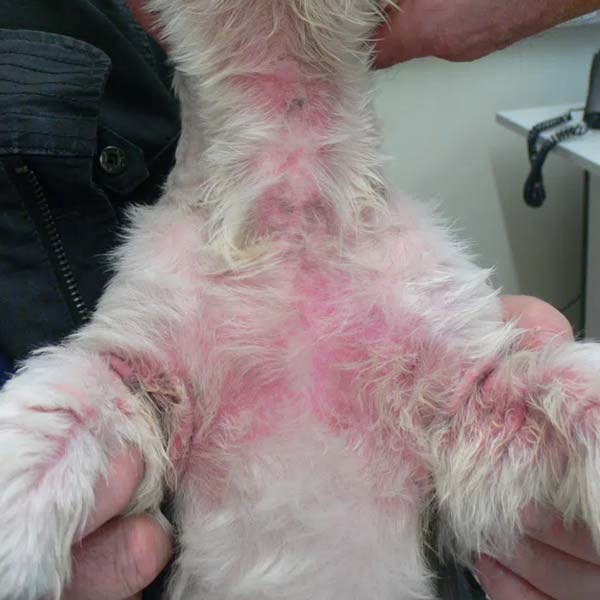
OTHER NON-SPECIFIC CONDITION IN DOGS
Osteo-arthritis in dogs
Also called degeneration arthritis, affecting joints of limbs resulting into great joint pain and lameness. It can be caused by; trauma to join, infection, degenerative changes.. among others.
Hip dysplasia in dogs
A condition characterized by an abnormal dislocation of the head of the femur from the acetabulum. It is usually inherited in some dogs, however it can also occur if there is trauma to the hip such as following an accident and/or bad landing.
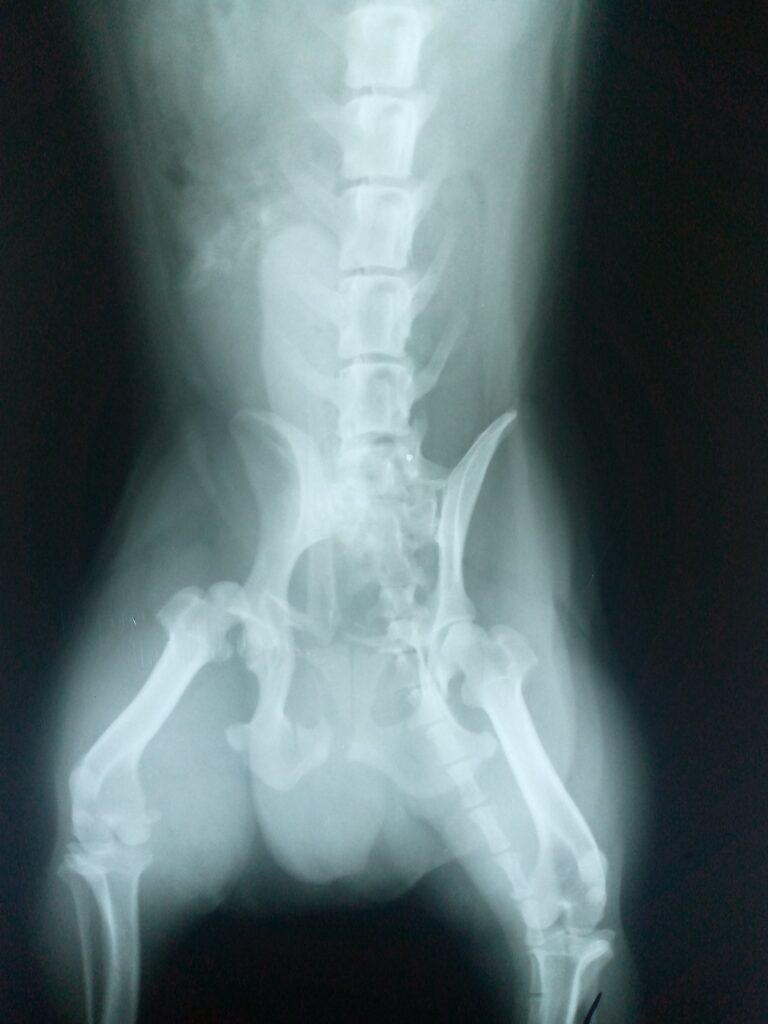
Back pain in dogs
This can be caused by trauma or intervertebral disk disease following degeneration and protrusion of the disk compression of the spine cord. It is common in long backed breeds such as basset hounds.
Hygromas in dogs
These are fluid filled pockets/sacs that develop under the skin of a dog over an area of bone promines. They are common in large dog breed such as boxers and Rottweiler, as a result of too much pressure and friction between the skin and hard surfaces.
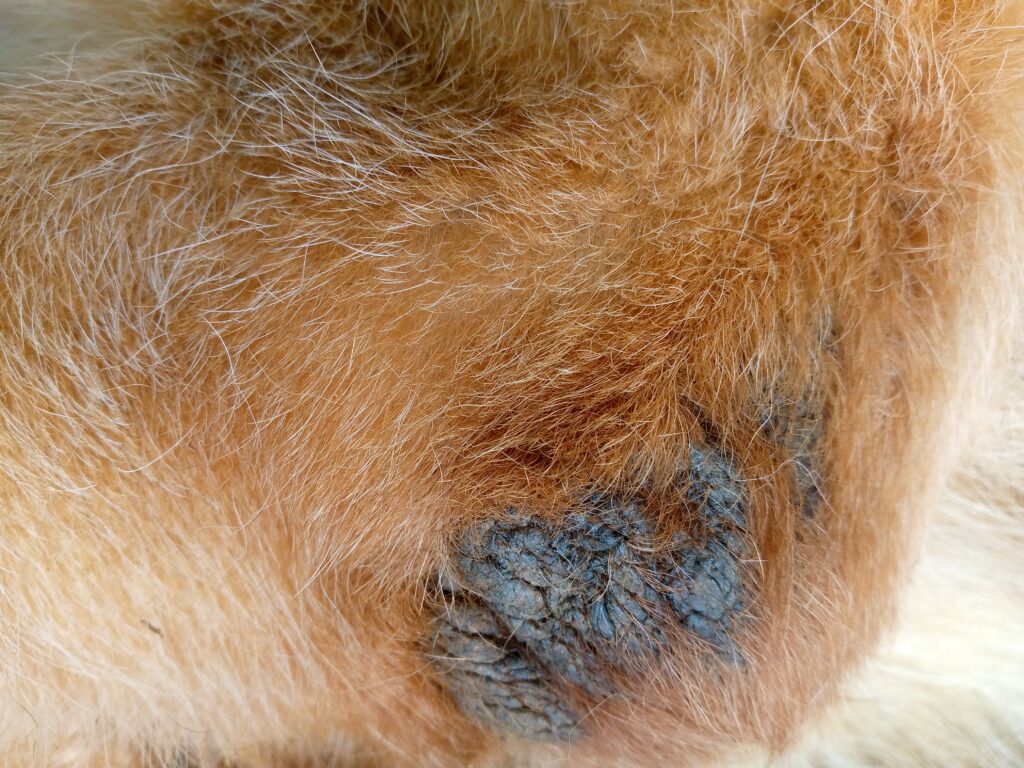
Dew claws in dogs
These are extra vestigial appendages on your pup’s fore and rear legs .
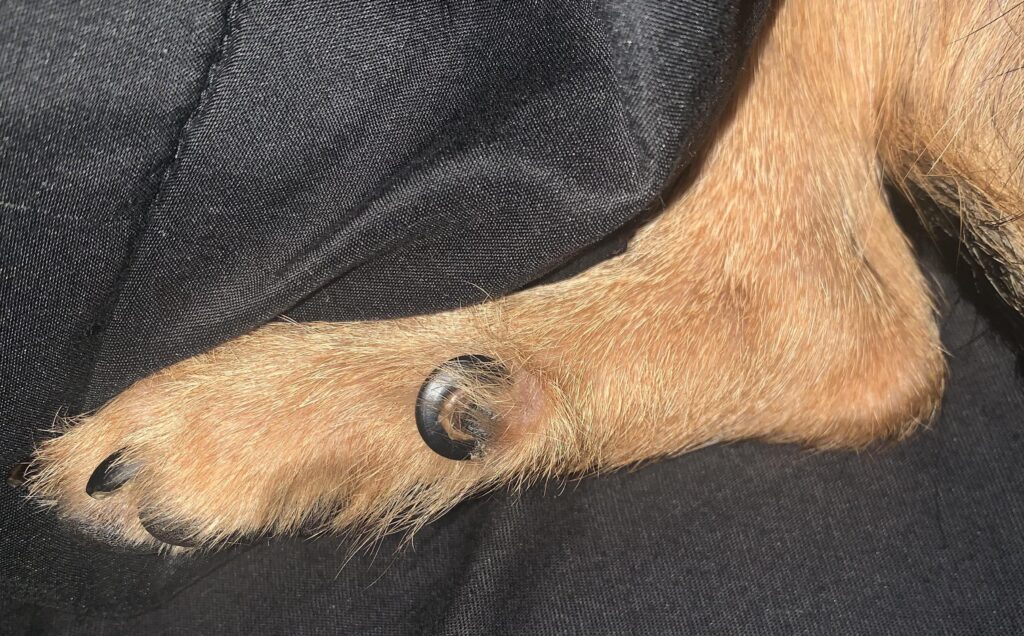
Congestive heart failure
A condition characterized by generalized edema such as pulmonary edema(fluid in the lungs), hydro-pericardium, Ascitis(fluid in the abdomen). This is caused by overwhelming heart diseases such as pulmonary hypertension, heart worms, pericardial effusion…etc.
Epilepsy in dogs
A condition characterized by recurring generalized seizures in dogs beginning at a young adult age. It can be idiopathic, inherited or secondary to previous trauma and/or CNS infection.
Cataract in dogs
A condition characterized by opacity of the lens of the eyes giving the eye a cloudy appearances.
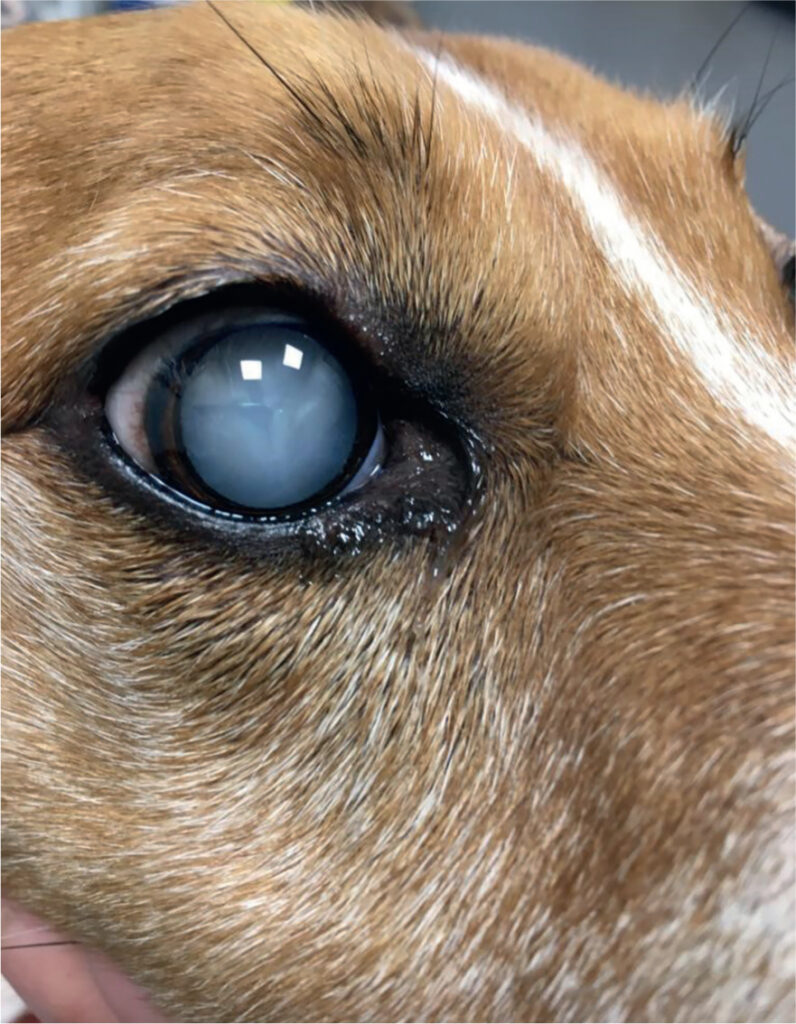
Kerato-conjuctivitis sicca(KCS)
Also called “dry eye”, characterized by reddened eyes, thick mucoid discharge and dull cornea.. etc. usually occurs when the eye does not produce enough tears or when the quality of the tears is poor, that it cannot lubricate the eye properly
Cherry eye
A condition characterized by swelling and protrusion of the gland of the third eyelid of the dog resulting into a pink mass
Ectropion
A condition where the eyelid(usually affecting the lower eyelid) folds outward.
Entropian
A condition where the eyelid folds inward
Ear infection (Otitis);
Refers to an infection of the ear. It can be otitis externa(involving on the external ear), otitis media(involving the middle ear), or otitis interna(involving the inner ear). It can be caused by infection either by, bacteria, fungus, ear mites etc. affected ear is usually swollen and reddened, painful on touch and may produce pus and wax.
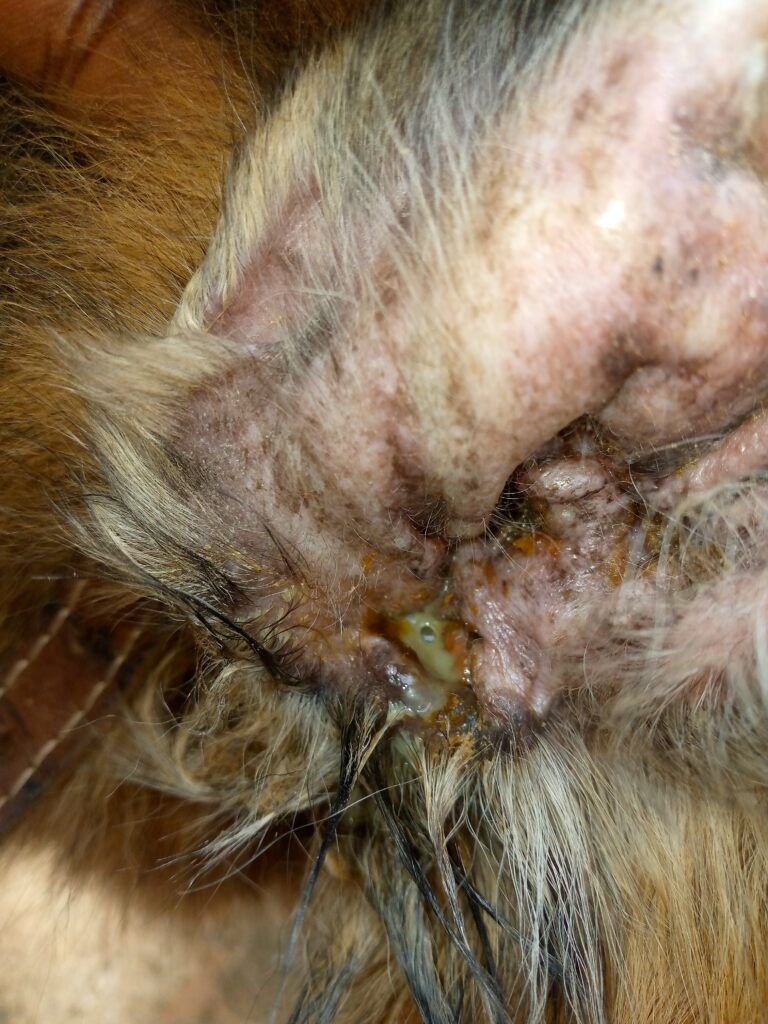
Aural hematoma in dogs
A condition that occurs when blood accumulates between the skin and the cartilage of the pinna(ear flap). Causing it to swell, redden and become very painful. It is caused by excessive or violet shaking of the head and ear flaps by as a result of something irritating the ear resulting into damage to the blood vessels in the pinna and the subsequent bleeding into the space between the skin and cartilage.
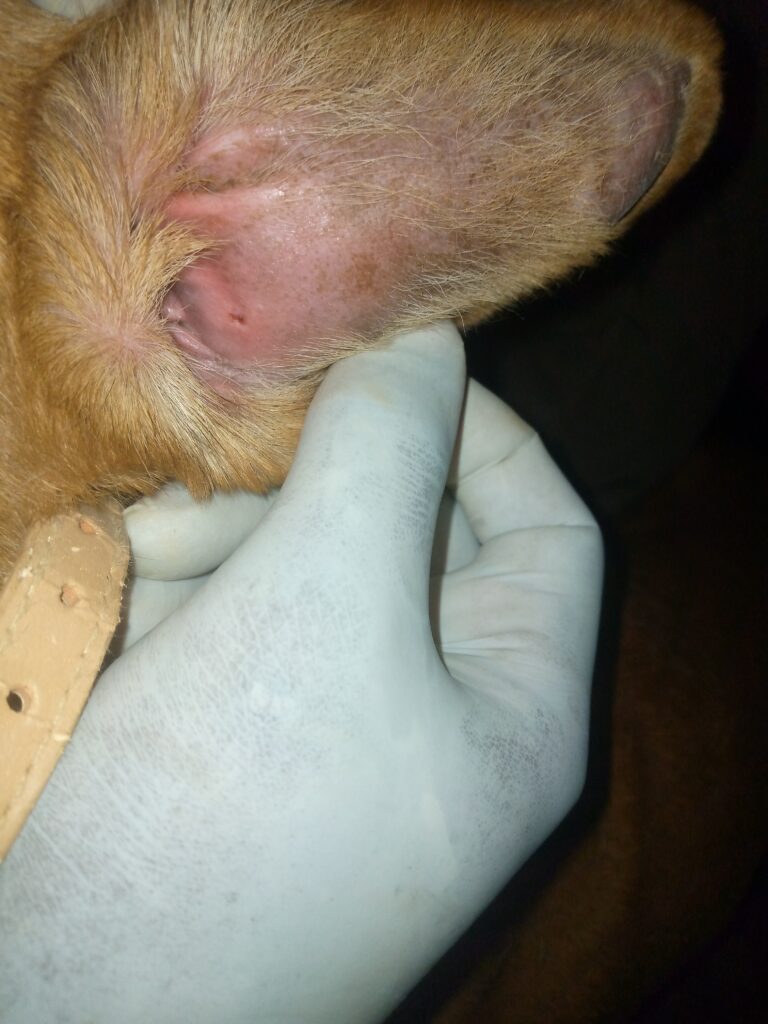
Marginal ear dermatitis/fly strike dermatitis
Refers to any condition that affects the edges of the dog’s ears. These can be ear margin hyperkeratosis, Ear edge dermatosis etc. In Uganda, affected dogs usually develop very large nasty wounds which may enlarge and cover the entire pinna and is usually covered with a lot of flies
Skin allergies
This is a type 1 hypersensitivity reaction in dogs which occurs when the dog is exposed to substance they are intolerant to. These include, food, certain drugs, flea allergies, dust etc. affected dogs develop skin rusts, which are hot, reddened and swollen.
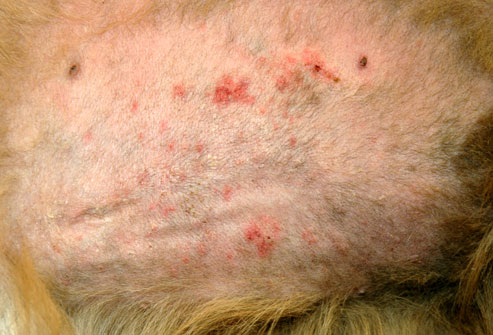
Mange in dogs
It is a mite infestation characterized by swelling, reddening and loss of hair on the affected part of the skin.
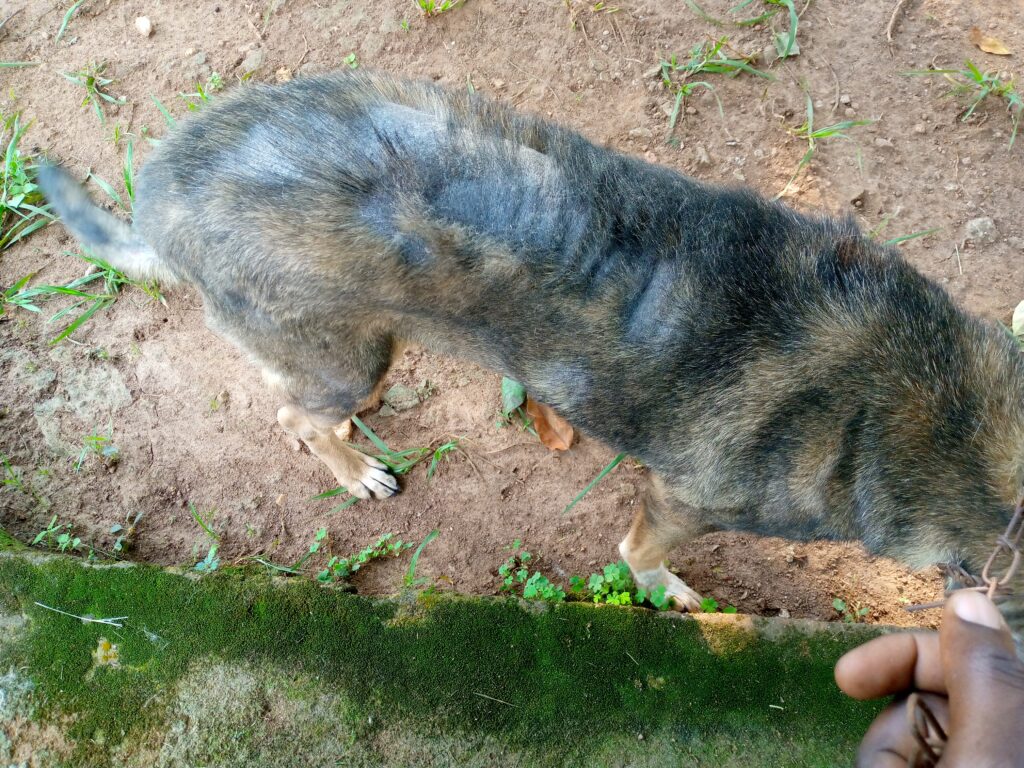
Pyoderma in dogs
A bacterial infection characterized by presence of pus in the skin of the dog. It usually occurs following infection, inflammation and/or cancers of the dog skin. It may be superficial or deep pyoderma. Affected part is usually swollen with excessive scaling, maybe bald with papules and/or scabs.
Lick granulomas
Is a condition that occurs when a dog excessively licks themselves causing a lesion on the skin. The licked areas become swollen, reddened, hot and irritates
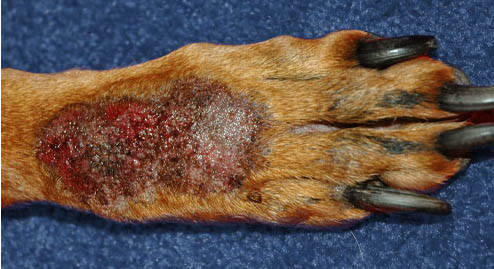
Gastric dilation volvulus(GDV)
Also called bloat, a condition characterized by stomach swelling due to air filling, which may be followed by twisting(volvulus).
Intussusception
Intussusception is a condition characterized by telescoping of a part of GIT into another part resulting into obstruction which can be complete or partial.
Foreign body
Foreign body in the GIT, that may result into obstruction of the GIT.
Inflammatory bowel disease
A condition characterized by the presence of the inflammatory cell infiltrates in the stomach and/or intestinal walls resulting into GIT signs such as vomiting, diarrhea and weight loss.
Pancreatitis; inflammation of the pancreas
Kidney failure resulting into loss of functionality of the kidney which is above 75%.
Glomerulonephritis
Bladder stones also called Urolith due to infection, dietary influences and genetics,
Urinary tract infections
Urinary tract infections characterized by signs such as hematuria (presence of blood in Urine), dysuria(difficulty urinating), polyuria(frequent urination) etc, following infection with bacteria.
Urinary incontinence
Urinary incontinence, a condition characterized by continuous leakage of urine due to incompetence of the urethral sphincter.
Cryptorchidism
A condition where one/both testicles become retained in the abdomen or inguinal canal even after stages of normal development.
Pyometra
A condition characterized by presence of pus in the uterus following infection of the uterus. It can be closed (if the cervix is closed) or open pyometra (if the cervix remains open).
Hernia
Hernias such as umbilical hernia, inguinal hernia, scrotal hernia and diagraphagmatic hernia.
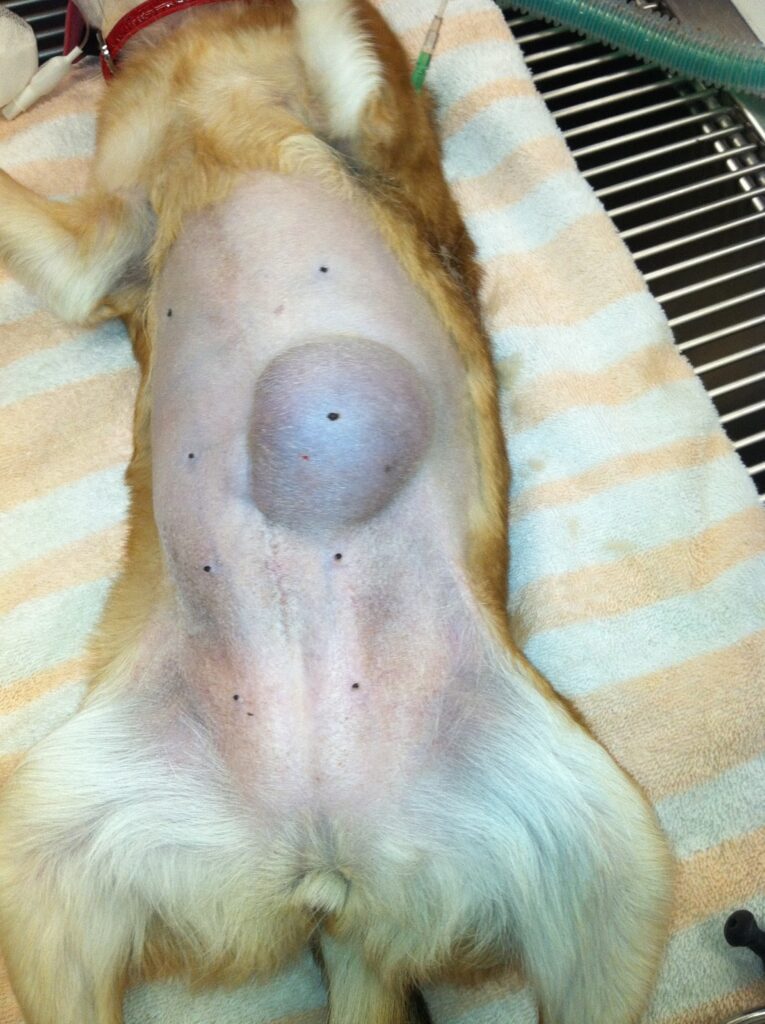
Canine transmissible venereal tumor(TVT)
Canine transmissible venereal tumor (TVT), a tumor of the vulva or penis spread by sexual contact.
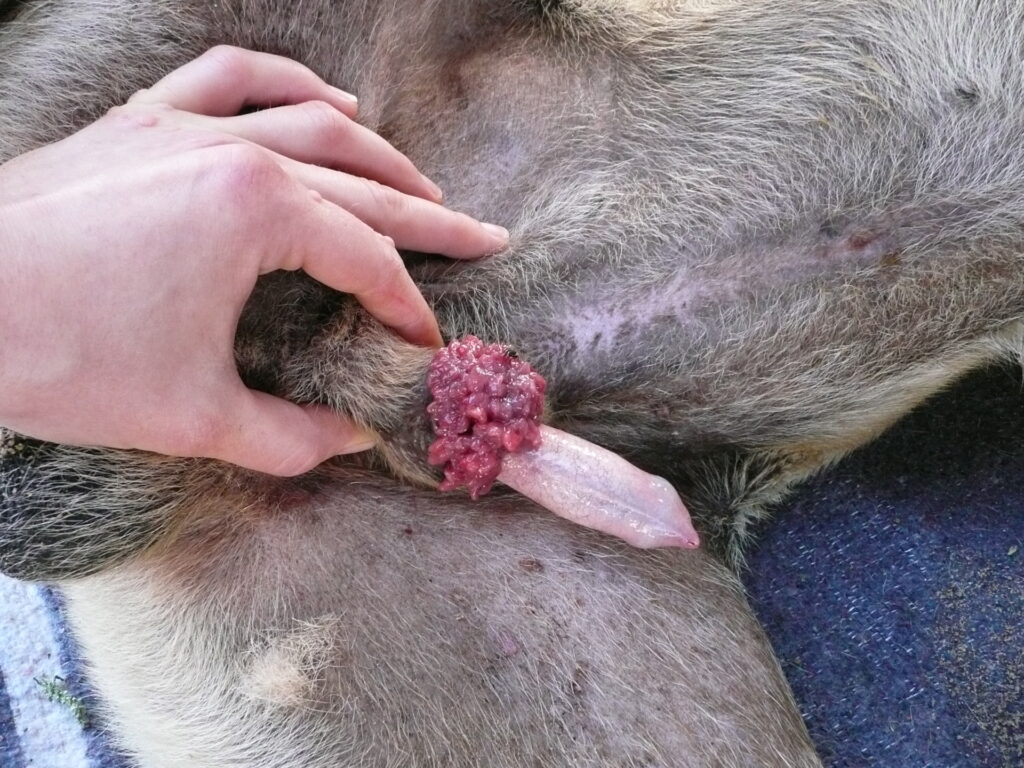
Mammary tumor
Mammary tumors common in non-spayed females, or females that were spayed later in life.
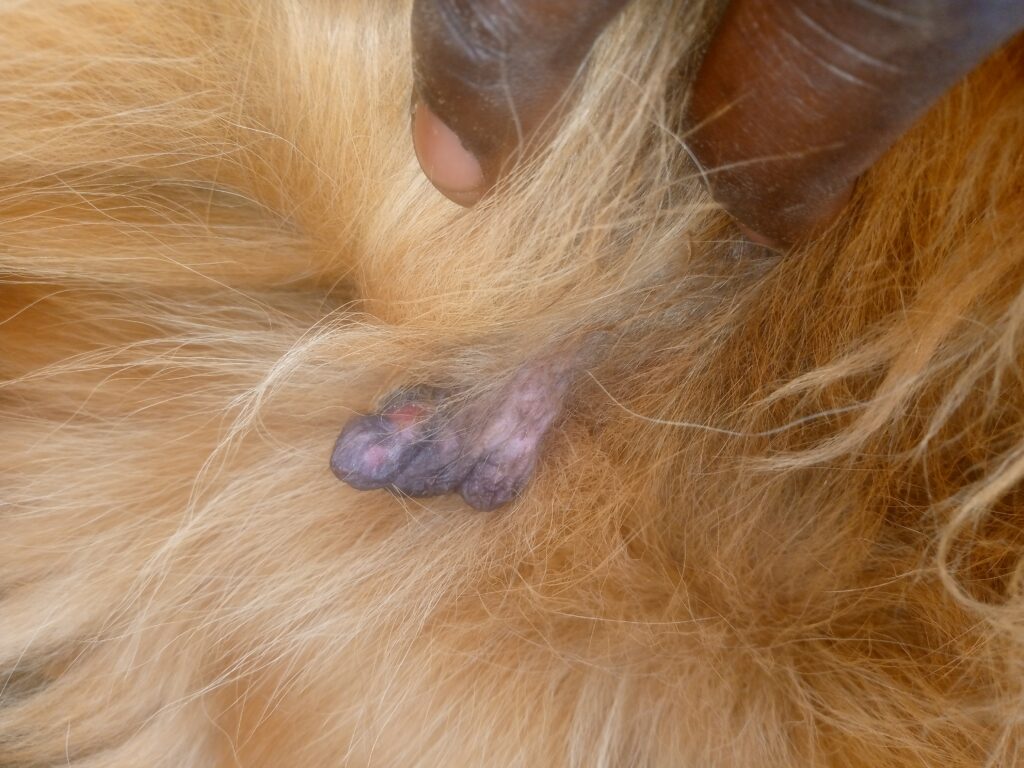
Oral papilloma and/or warts
Other cancers
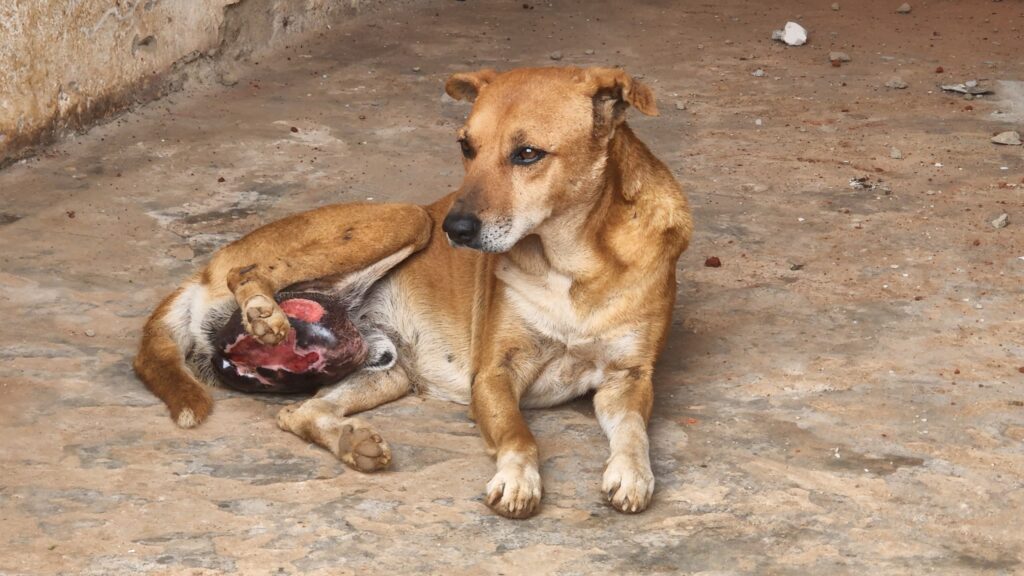
Pica
An abnormal appetite characterized by a dog eating non-nutritive and abnormal substance such as eating sand, eating coal, eating chalk, paper, soil, eating paint, eating grass…etc.
Coprophagia
Is a condition characterized by a dog eating feces either its own or those from other dogs or animal.
Anal gland disease such as impaction, infections and/or abscessation
Liver failure due to viral, bacteria, fungal infection, toxins, cancers etc. characterised by vomiting, bloody diarrhea, weight loss and Jaundice
Dental disease such as calculis, gingivitis, periodenitis and tooth loss.
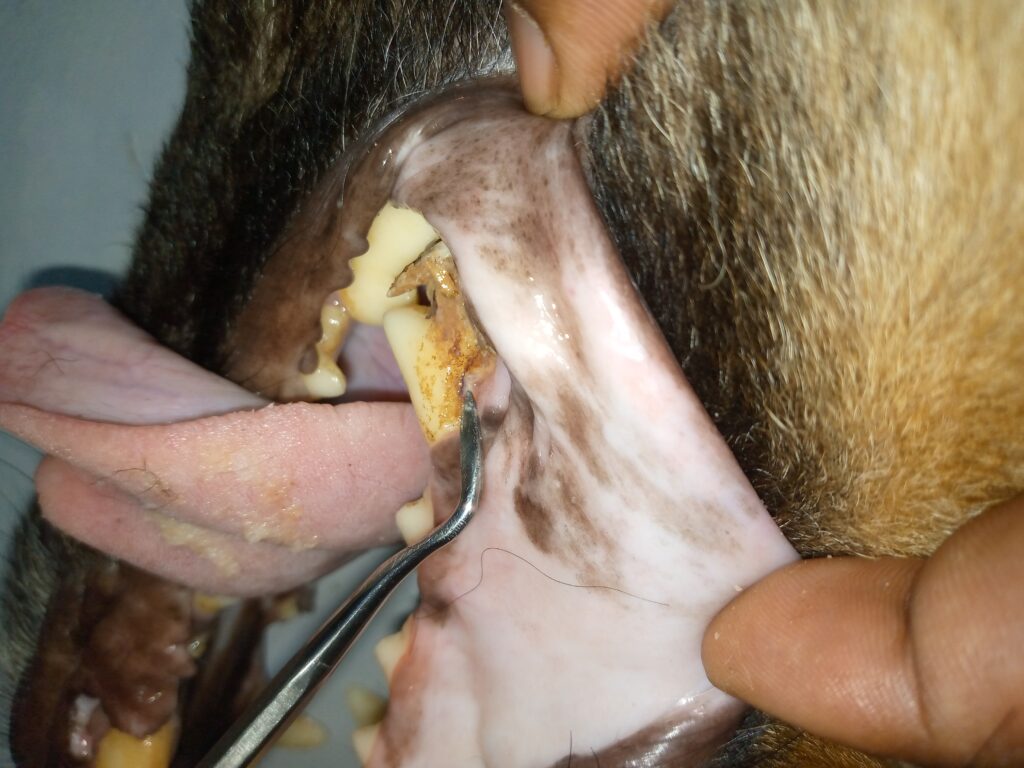
COMMON POISONS AND TOXINS IN DOGS
Insecticides such as organophosphates and carbamates, these are used to kill fleas and ticks in dogs
Chocoalate poisoning with theobromine and caffeine as the toxic principles
Rodent poisons causing spontaneous and excessive bleeding internally and externally.
Lead poisoning common in cases where kennels were recently repainted with lead based paint
Rasine
COMMON DISEASES OF CATS IN UGANDA.
Feline panleukopenia
Also called Feline infectious enteritis/Feline Parvoviral Enteritis. It is a highly contagious, often fatal viral disease of cats (usually affecting kitten but unvaccinated cats at any age can also be affected). It is characterized by depression, anorexia, high fever, vomiting, diarrhea and consequent severe dehydration. Feline panleukopenia is preventable through vaccination.
Feline Leukemia (FeLV)
Is a retrovirus infection of cats that infects calls the immune system. It is a progressive disease of cats and affected cats may not show any sign until the late stages of the disease
Feline infectious Peritonitis (FIP)
Is a highly fatal viral disease of cats caused by feline coronavirus. It is can occur in one or two forms. The wet form which is common in Uganda characterized by accumulation of fluid in body cavities especially the abdomen resulting into swelling of the abdomen a clinical sign most cat owners in Uganda usually report. It can also occur as a dry form that affects the central nervous system(CNS) resulting into neurological signs. The disease is basially preventd through vaccination.
Cat flue
It is a common condition in cats usually characterized by a runny nose, sore eyes and sneezing. It is caused by infection with various viruses and bacteria such as calicivirus, bordetella bronchiseptica, herpes virus etc.
Inflammatory bowel disease in cats
Is a chronic inflammation of the gastro-intestinal tract (GIT) characterized by signs such as vomiting, diarrhea, weight loss and abdominal pain. It can be caused by a number of factors such as genetics, dietary factors, environmental factors, bacteria among others.
Internal parasites
These can be worms such as roundworms and tapeworms. These worms cause diarrhea, vomiting, weight loss, loss of appetite among others in the affected cats. You might notice your cat having an itchy bum and may have an upset tummy. You may also see parts of the worms in your cat’s bed, poo and vomitus
Other parasites may include coccidian, giardia and toxoplasma.
Flea allergic dermatitis
Fleas are common in cats and they make your cat very uncomfortable and itchy. Cats with fleas usually scratch themselves more often and may have flea dirt (small reddish-brown flecks of fleas feces found in their coats).
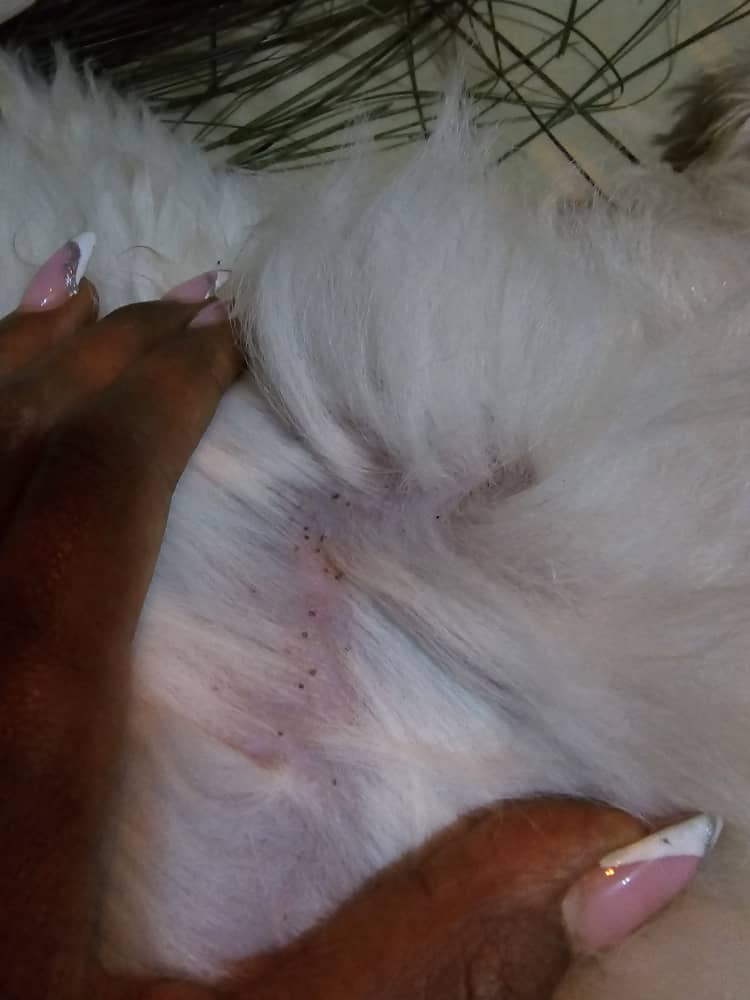
Feline Lower Urinary tract Disease (FLUTD).
This term is used to describe a group of conditions associated with the lower urinary tract in cats. These conditions include feline idiopathic cystitis, urethral obstruction, tumors of the urinary tract, traumatic injury to the urinary system or spinal cord, uroliths and urinary tract infection.
Pyometra in cats
A condition characterized by present of pus in the uterus of your cat.
Cancers
There are different types of cancers that affect different parts of the cat’s body. These include; squamous cell carcinoma, mast cell tumor, mammary tumors and lymphoma.
Chronic kidney disease (CKD)
Occurs due to irreversible and progressive loss of kidney functionality to levels 75%. Affected cats may present with signs such as increased thirst, frequent urination, and weight loss among others.
Urethral obstruction
Also called “blocked cat”. It is a condition where your cat cannot pass out urine and completely empty its urinary bladder due to a partial or complete obstruction of the urethra. This can be caused by a mucus plug, urinary stones, inflammation, edema, stricture, cancers etc. affected cats shows symptoms such as unproductive staining, vocalizing while attempting to urinate, abdominal pain etc.
Dental diseases.
Occurs when plaque or tartar accumulates on the teeth of your cat. The condition may become worse if they are not cleaned and the cat may lose its teeth. Cats can also be affected a unique condition called Feline Odontoclastic Resorptive lesion (FORL). This is when the outer layer of the tooth root is resorbed, causing painful holes in the teeth where the nerves is exposed.
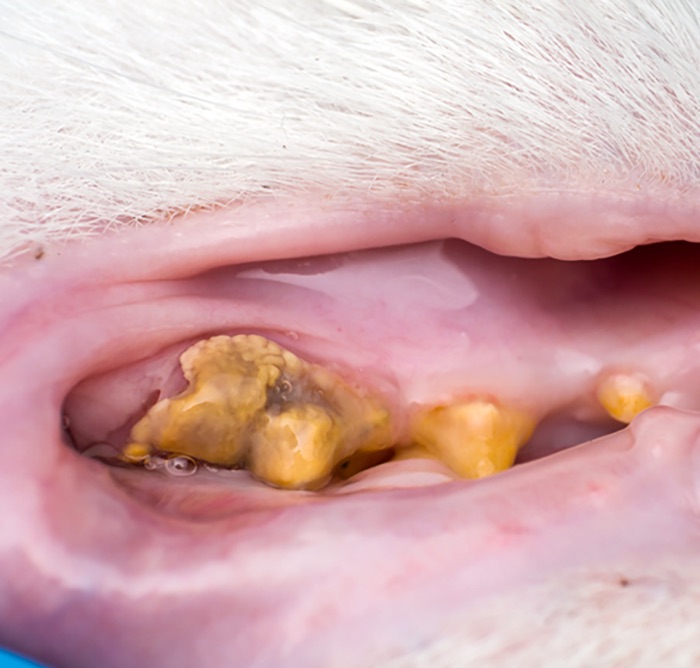
Cat Acne
These are skin condition characterized by blackhead, red layers and pus filled lesion on the cat’s chin and skin adjacent to the lips.
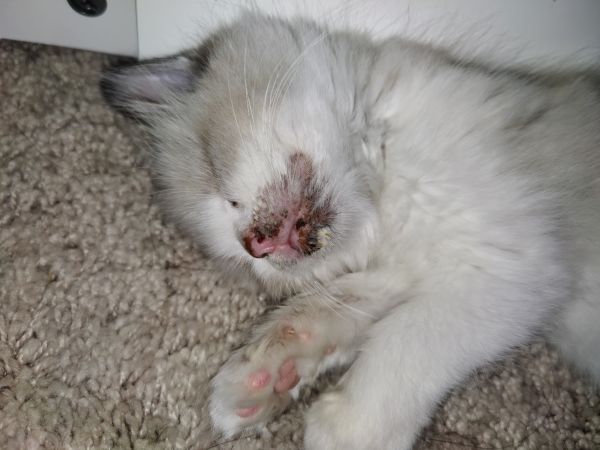
Obesity in cats
A condition in which your cat becomes over weight. This puts strain on the heart and joint putting your cat at a risk of other diseases such as osteo-arthritis, heart disease and diabetes mellitus.
Diabetes
Common in cats which are overweight/obese
Osteo-arthritis
Affected cats may be hesitant to jump, find it difficult when using stairs, increase in sleeping and dislike of being touched in certain areas.
COMMON SURGICAL PROCEDURE IN DOGS AND CATS
Ovario-hysterectomy(spay);- a surgical procedure involving removal of the ovaries and uterus in a female dog or cat
Castration/neuter;- surgical removal of the tests in a male dog or cat
Hernia repair
Intestinal resection and anastomosis;- surgical removal of a portion of the intestine.
Caesarian section;- surgical assistance give to a dog or cat that has fail to deliver normally on its own
Fracture repair;- such insertion of a pin or bone plate on a fracture bone
Femeral head resection;- surgical removal of removal of a dislocated femeral head
Aural hematoma correction
Tumor extraction
Gastropexy
Exploratory laparotomy, surgical opening of the abdomen to investigate and treat any disease or condition affecting abdominal organs.
Limb amputation
Dental surgery such as tooth extraction, dental scaling
Bladder stone removal
